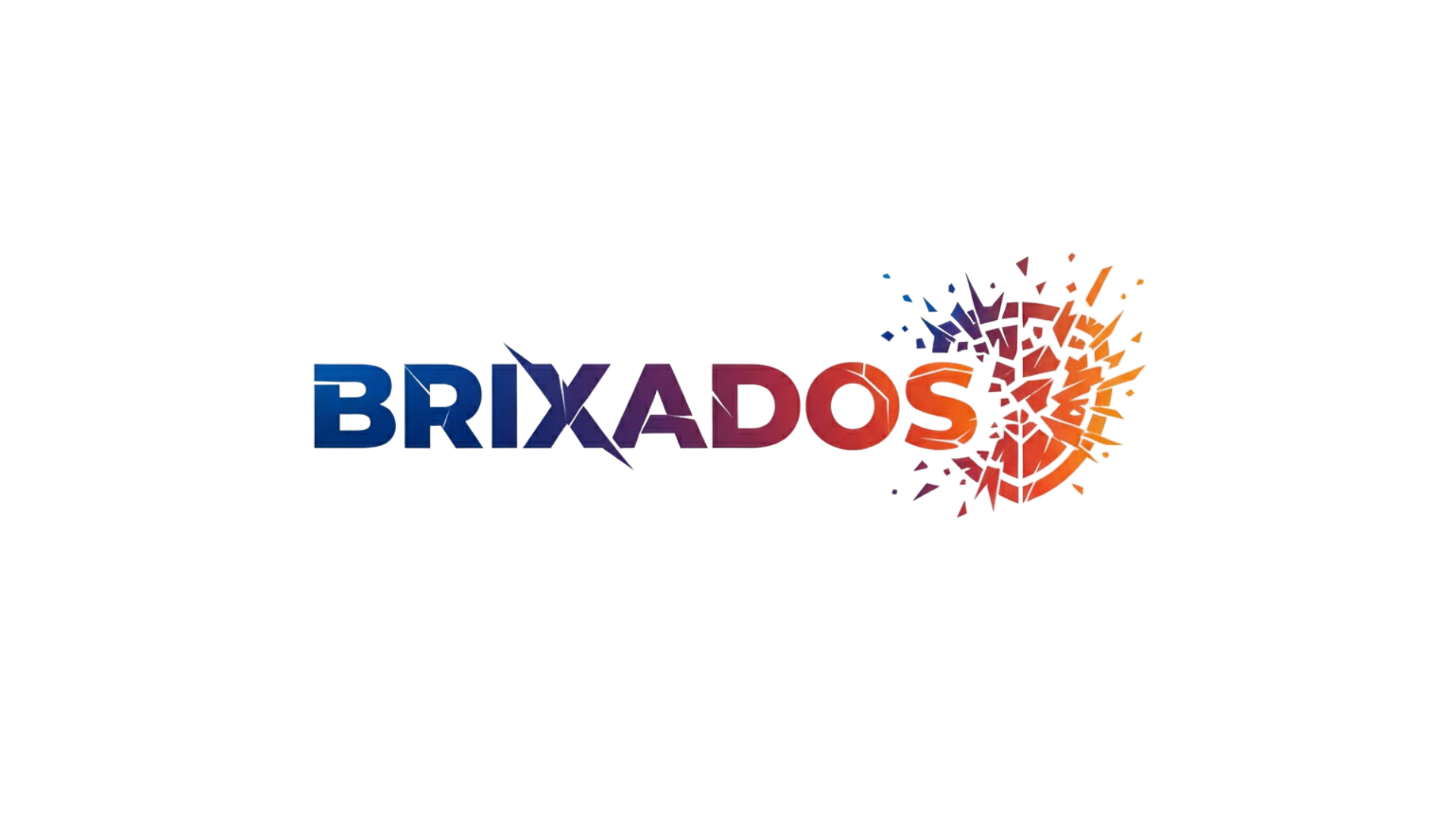Within every nightmare lies a hidden gift—a doorway to understanding the unconscious forces that shape your reality and hold the key to profound personal transformation. 💫
For centuries, humans have feared the dark corridors of their dreams, dismissing nightmares as mere disturbances or random neurological noise. Yet modern psychology, ancient wisdom traditions, and cutting-edge research reveal a radically different truth: your nightmares are not your enemies. They are messengers from the deepest parts of your psyche, carrying urgent communications about unresolved conflicts, suppressed emotions, and untapped potential waiting to be claimed.
Shadow integration—the process of acknowledging, embracing, and incorporating the rejected aspects of yourself—offers a revolutionary path toward wholeness. When combined with intentional nightmare work, this psychological alchemy transforms fear into fuel, darkness into insight, and fragmentation into empowered authenticity.
🌙 The Hidden Intelligence Behind Your Nightmares
Nightmares aren’t random chaos. They’re highly organized psychological events designed to capture your attention when gentler methods have failed. Your unconscious mind speaks in symbols, metaphors, and emotional intensities that bypass rational defenses.
Research from sleep laboratories worldwide demonstrates that nightmares often increase during periods of significant stress, unprocessed trauma, or major life transitions. They function as pressure-release valves for the psyche, but they also serve a more profound purpose: they reveal what consciousness refuses to see.
When you repeatedly dream of being chased, falling, or facing catastrophic scenarios, your inner world is communicating something essential about your waking life. These vivid experiences point toward disowned parts of yourself, unacknowledged fears, or suppressed creative energies that demand recognition.
The Evolutionary Purpose of Disturbing Dreams
From an evolutionary perspective, nightmares served our ancestors by rehearsing threat responses and preparing the nervous system for genuine dangers. Today, while saber-toothed tigers no longer threaten us, our psyches continue using this ancient mechanism to process complex emotional and existential threats.
Contemporary neuroscience reveals that REM sleep—when most nightmares occur—plays crucial roles in emotional regulation, memory consolidation, and creative problem-solving. The amygdala, your brain’s emotional alarm system, shows heightened activity during nightmares, suggesting these experiences actively train your capacity to handle intense emotions.
Understanding the Shadow: Your Disowned Power 🗝️
Carl Jung introduced the concept of the shadow—the collection of personality traits, impulses, and capacities that you’ve rejected, denied, or never developed. This psychological shadow isn’t inherently negative; it contains both destructive tendencies and tremendous unrealized potential.
From childhood onward, you learned which parts of yourself were acceptable and which needed to be hidden. Perhaps you suppressed your anger to maintain family harmony. Maybe you buried your creativity to meet practical expectations. Over time, these disowned aspects accumulated in the unconscious, forming your shadow.
The shadow operates like a second personality—influencing your choices, relationships, and emotional reactions without your conscious awareness. It manifests through projection (seeing in others what you deny in yourself), self-sabotage, addictive behaviors, and yes, through nightmares.
Why Shadow Work Changes Everything
Integrating your shadow doesn’t mean acting on every impulse or abandoning moral standards. It means developing conscious relationship with all parts of yourself—acknowledging their existence, understanding their origins, and choosing how to channel their energies constructively.
When you reclaim shadow material, several transformative shifts occur:
- Energy previously spent on repression becomes available for creative pursuits
- Projection decreases, improving your relationships and perceptions
- Emotional range expands, increasing resilience and authenticity
- Hidden talents and capacities emerge into conscious expression
- Self-acceptance deepens, reducing internal conflict and anxiety
The Nightmare-Shadow Connection: Decoding Dark Dreams 🔮
Nightmares frequently personify shadow content in symbolic form. The threatening figure chasing you might represent suppressed anger or disowned assertiveness. The natural disaster overwhelming your dream world could symbolize emotions you’ve been refusing to feel. The monster at your door might embody creativity or sexuality that you’ve deemed unacceptable.
By approaching nightmares as communications from your shadow rather than meaningless torments, you transform your relationship with both. This shift requires courage—the willingness to look directly at what frightens you and ask what it wants to tell you.
Common Nightmare Themes and Their Shadow Meanings
Being chased often represents running from aspects of yourself or situations demanding attention. The question becomes: what happens if you stop running and face your pursuer?
Falling or losing control frequently points to excessive need for control in waking life or fear of trusting natural processes. These dreams invite surrender and faith in your capacity to handle uncertainty.
Death dreams, while disturbing, typically symbolize transformation rather than literal mortality. They signal that old identity structures are dissolving to make space for new growth.
Nightmares of failure or public humiliation often reflect perfectionism and fear of being fully seen. They challenge you to embrace vulnerability as strength rather than weakness.
Practical Techniques for Nightmare Integration ✨
Transforming nightmares from torments into teachers requires specific practices that bridge unconscious and conscious awareness. These techniques work best when approached with curiosity rather than judgment, patience rather than urgency.
Dream Journaling with Intention
Keep a dedicated notebook beside your bed. Upon waking from a nightmare, immediately record every detail you remember—images, emotions, colors, characters, settings, and especially the feeling tone that lingered after waking.
Don’t interpret immediately. Simply capture the raw material. Over time, patterns emerge that reveal recurring themes and shadow elements requesting attention.
Active Imagination Dialogue
After recording a nightmare, choose a particularly vivid or disturbing element—a monster, a threatening person, a catastrophic event. In a relaxed state, imaginatively engage this element in dialogue.
Ask questions: “Who are you? What do you want? What are you trying to tell me?” Allow answers to emerge without censoring or controlling them. This technique, developed by Jung, creates conscious relationship with unconscious content.
Nightmare Re-scripting and Rehearsal
Research in imagery rehearsal therapy demonstrates that consciously changing nightmare endings during waking hours reduces their frequency and intensity. After identifying a recurring nightmare, create an alternative scenario where you respond differently—perhaps confronting the threat, asking for help, or discovering unexpected resources.
Visualize this new version regularly before sleep. This practice doesn’t suppress the nightmare’s message but engages it collaboratively, signaling willingness to address underlying issues.
Shadow Work Practices for Daily Life 🌱
Nightmare integration accelerates when combined with waking shadow work. These practices cultivate ongoing relationship with disowned aspects of yourself, reducing the pressure that builds into disturbing dreams.
The Mirror Exercise
Notice strong reactions to other people—both positive and negative. What you intensely admire or despise in others often reflects projected shadow material. Ask yourself: “Where does this quality exist in me, either underdeveloped or denied?”
This inquiry isn’t about self-criticism but expanding self-awareness. The person who irritates you with their assertiveness might be showing you your own suppressed power. The individual you admire for their creativity might be reflecting your unrealized artistic potential.
Embodiment and Expression
Shadow material often carries specific energetic qualities—aggression, sexuality, spontaneity, vulnerability. Creating safe containers for expressing these energies prevents their emergence through nightmares or destructive behaviors.
Physical practices like martial arts, dance, or intense exercise can channel aggressive shadow elements. Creative projects provide outlets for suppressed imagination. Therapy or trusted friendships offer spaces for expressing vulnerability you typically hide.
The “Parts Work” Approach
Internal Family Systems therapy recognizes that psyche contains multiple sub-personalities or “parts.” Rather than trying to eliminate uncomfortable parts, this approach develops compassionate relationship with all internal voices.
When you notice self-sabotage, extreme reactions, or internal conflict, pause and ask: “Which part of me is active right now? What does it need? What is it protecting me from?” This curiosity transforms internal warfare into internal collaboration.
🌟 The Gifts Waiting in Your Darkness
As you develop consistent practice with nightmare work and shadow integration, profound shifts begin occurring. The nightmares themselves often change—becoming less frequent, less disturbing, or transforming into more productive dream experiences.
More significantly, you begin accessing capacities and energies previously locked in the unconscious. The anger you suppressed becomes healthy boundary-setting. The wildness you denied becomes creative innovation. The vulnerability you hid becomes authentic connection.
Increased Emotional Resilience
When you’ve faced the monsters in your dreams and discovered they carry messages rather than threats, waking challenges lose some of their power to destabilize you. You develop trust in your capacity to handle difficult emotions and uncertain situations.
Enhanced Creativity and Problem-Solving
Shadow material contains raw, undomesticated energy and perspectives outside your usual conscious frameworks. As you integrate this content, you gain access to more diverse internal resources for addressing challenges and generating innovative solutions.
Authentic Relationships and Reduced Projection
As you own your shadow, you stop unconsciously projecting it onto others. This creates clearer perception and more genuine relationships. You respond to people as they actually are rather than as screens for your disowned material.
Creating Your Personal Integration Practice 💪
Sustainable transformation requires consistent practice rather than occasional heroic efforts. Design a realistic approach that fits your lifestyle and temperament.
Begin with morning dream journaling—just five minutes capturing whatever you remember. Once weekly, spend longer reviewing your journal for patterns and themes. Monthly, engage in deeper shadow work through active imagination or dialogue with nightmare elements.
Consider working with a therapist trained in depth psychology, Jungian analysis, or somatic approaches. Professional guidance accelerates integration and provides safety for encountering particularly challenging material.
Join or create community around this work. Shadow integration and nightmare work can feel isolating when undertaken alone. Sharing experiences with others on similar paths normalizes the process and provides valuable perspectives.
When Professional Support Becomes Essential 🏥
While many nightmares respond well to self-directed integration work, some situations require professional intervention. Nightmares stemming from severe trauma, occurring with extreme frequency, or significantly impairing daily functioning warrant consultation with mental health professionals.
Post-traumatic nightmares have specific treatment protocols, including imagery rehearsal therapy and EMDR, that effectively reduce symptoms. Don’t hesitate to seek support when nightmares feel overwhelming or unmanageable through personal practice alone.

Your Journey Toward Wholeness Begins Tonight 🌙
The path of nightmare integration and shadow work isn’t about eliminating darkness or achieving perpetual light. It’s about developing conscious relationship with the full spectrum of your humanity—embracing complexity, honoring depth, and claiming the power that lives in what you’ve feared and denied.
Tonight, when you close your eyes, you might encounter disturbing images or frightening scenarios. Instead of turning away in fear, you now have tools for turning toward these experiences with curiosity. Each nightmare becomes an opportunity for dialogue with the unconscious forces shaping your life.
The future you’re building doesn’t come from denying your shadows but from integrating them. As you reclaim disowned aspects of yourself, you become more complete, more powerful, and more authentically you. Your nightmares have always been invitations to this wholeness—you’re finally learning to RSVP yes.
Start small. Keep that dream journal. Notice your projections. Dialogue with one nightmare figure. The transformation doesn’t require dramatic leaps but consistent steps toward self-knowledge and acceptance. Your inner power has been waiting in the darkness all along, ready for you to finally recognize it, claim it, and let it illuminate your path forward.
Toni Santos is a myth-psychology researcher and narrative writer exploring how archetypes, symbols and human story converge to shape mind, culture and meaning. Through his studies on the collective unconscious, comparative mythology and symbolic dream interpretation, Toni examines how the myths we tell reflect the patterns we live — and how awareness of these patterns can spark transformation. Passionate about hero’s journeys, mythic motifs and dream-language, Toni focuses on how story acts as both mirror and map for inner depth and growth. His work highlights the bridges between myth, psyche and culture — guiding readers toward a deeper encounter with themselves and the stories they carry. Blending psychology, mythology and narrative theory, Toni writes about the hidden architecture of meaning — helping readers understand how symbols, stories and dreams shape experience and identity. His work is a tribute to: The power of myth to reveal the unseen structures of psyche The journey from archetype to individual lived story The art of dream-language as a path to wholeness Whether you are a storyteller, psychologist or traveller in the inner landscape, Toni Santos invites you to explore the mythic dimension of mind — one symbol, one myth, one insight at a time.




